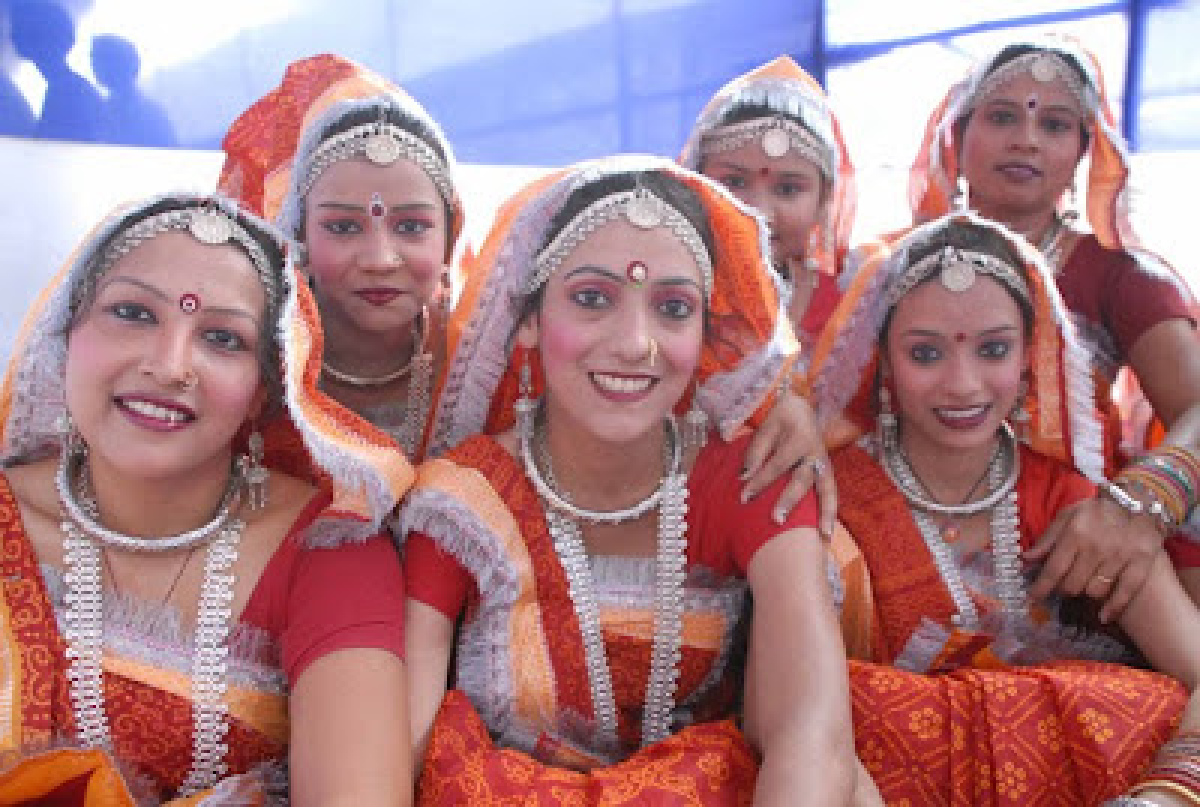Today is an annual celebration that marks the foundation day of the east Indian state of Bihar.
Bihar was an important region for Buddhists, with many stupas and pillars erected by the Great Emperor Ashoka as a tribute to the Buddha. The National symbol which adorns Indian currency, the Four-Headed Lion was erected atop an Ashokan Pillar that once stood in Bihar. Bihar can also claim the oldest Hindu temple of India still in use at Mundeswari, which dates back to 625 CE.
Following the Battle of Buxar in October 1764, the British East India Company defeated the Mughal Empire and obtained the rights to administer, and collect revenue or tax for Bihar, Bengal and Odisha.
On March 22nd 1912, Bihar state was carved out from the Bengal Presidency of British India. Orissa also became a state as part of this break-up.
The celebration officially began in 2011 and since then it has become a state festival full of fervour and festivity depicting the image and spirit of Bihar.
Gala functions will be organised across the State. Cultural extravaganzas are being organised at a panchayat (town and village) level to involve people’s participation in large numbers.
To commemorate Bihar’s Foundation Day, the State Government of Bihar organises Bihar Utsav, a fortnight-long cultural festival that showcases art, culture, and heritage from Bihar at Dilli Haat in Delhi.
